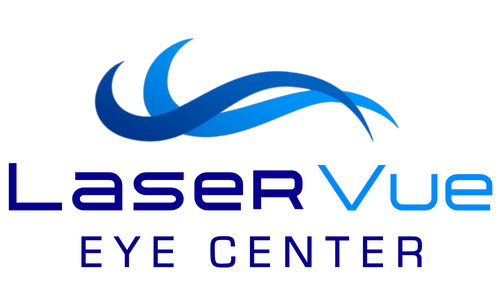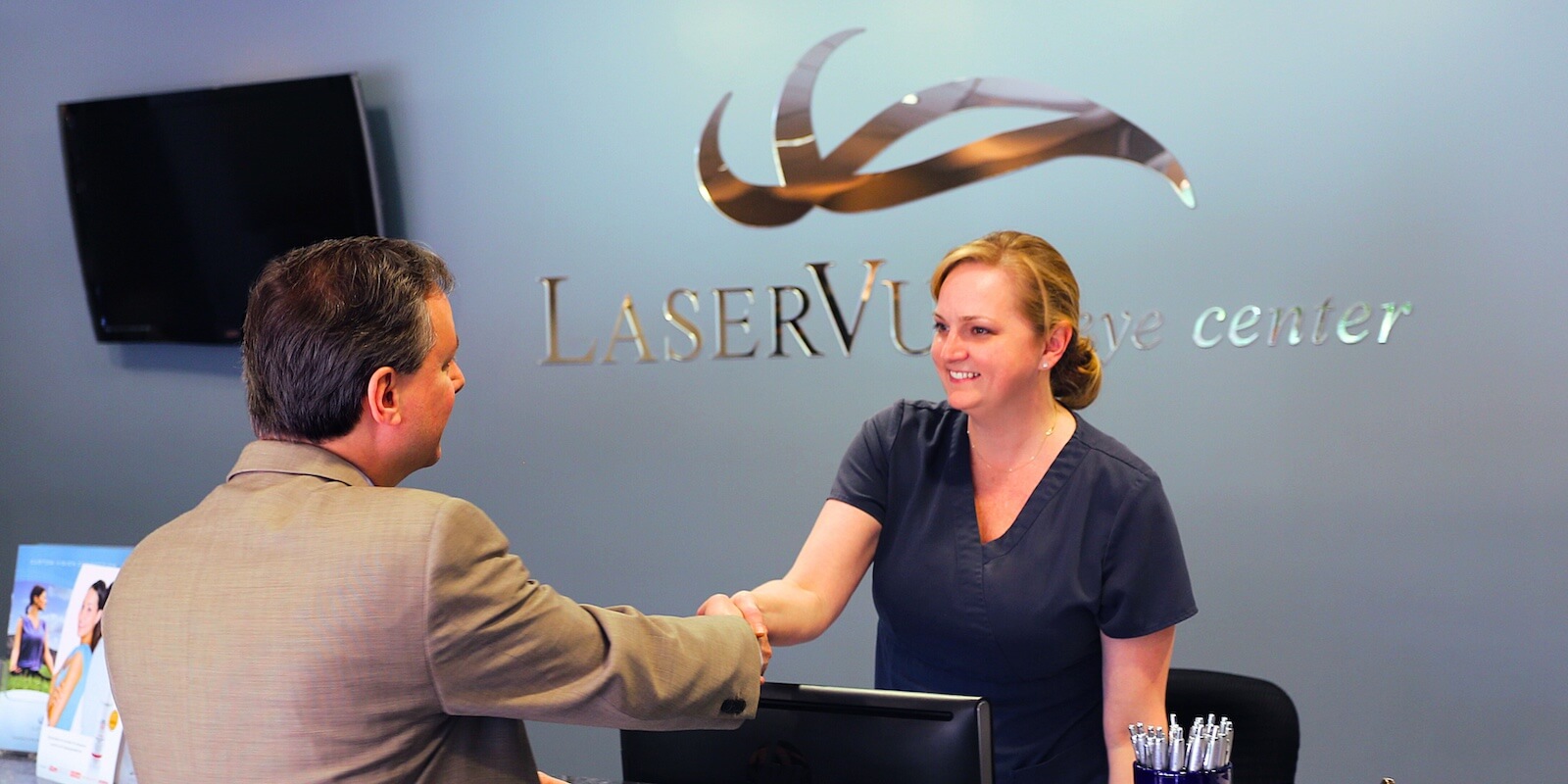Posted by: LaserVue LASIK & Cataract Center in LASIK

Q: How often should a patient have a visual acuity test after Lasik?
A: Let’s clarify your question. Your meaning of a visual acuity exam and the industry’s meaning may be different.
A Snellen Visual Acuity test is the “Big E” exam when a patient looks at known black sharp edged letters on a white background calibrated to be 20 feet (6 meters) away from the patient. “Normal” vision is achieved when the patient is able to see the letters that are of the size that a person with normal vision would be able to clearly identify at 20 feet (6 meters). Hence, the patients sees 20 foot distance letters as if they were 20 feet away (20/20 or the metric equivalent of 6/6). If a person sees 20 foot distance letters as if they were 40 feet away, the patient is 20/40. If they have the clarity as if they were 80 feet away, the patient is 20/80.
The Snellen Visual Acuity test should be administered at every follow-up exam after Lasik, which should be day of surgery, one day post-op, one week, one month, three months, and six months if there are no unusual events. This schedule will vary somewhat between Lasik surgeons.
You may also be thinking of a refraction. A refraction is when the doctor uses a series of different powered lenses to determine what correction is necessary for the patient to achieve the best possible visual acuity (20/20 or better). This is the “which is better, one or two” testing. A manifest refraction is with the eyes normally dilated and a cycloplegic refraction is the same test with the eyes dilated and suspension of the ability of the natural lens within the eye to change focus.
A refraction is probably is not needed until at least the one week or one month exam, and then only if the patient is less than 20/20 on the Snellen Visual Acuity test. If the patient reports consistently 20/20, a refraction is not necessary, however a cycloplegic refraction would be wise as an evaluation of the exact refractive error correction achieved by Lasik.
